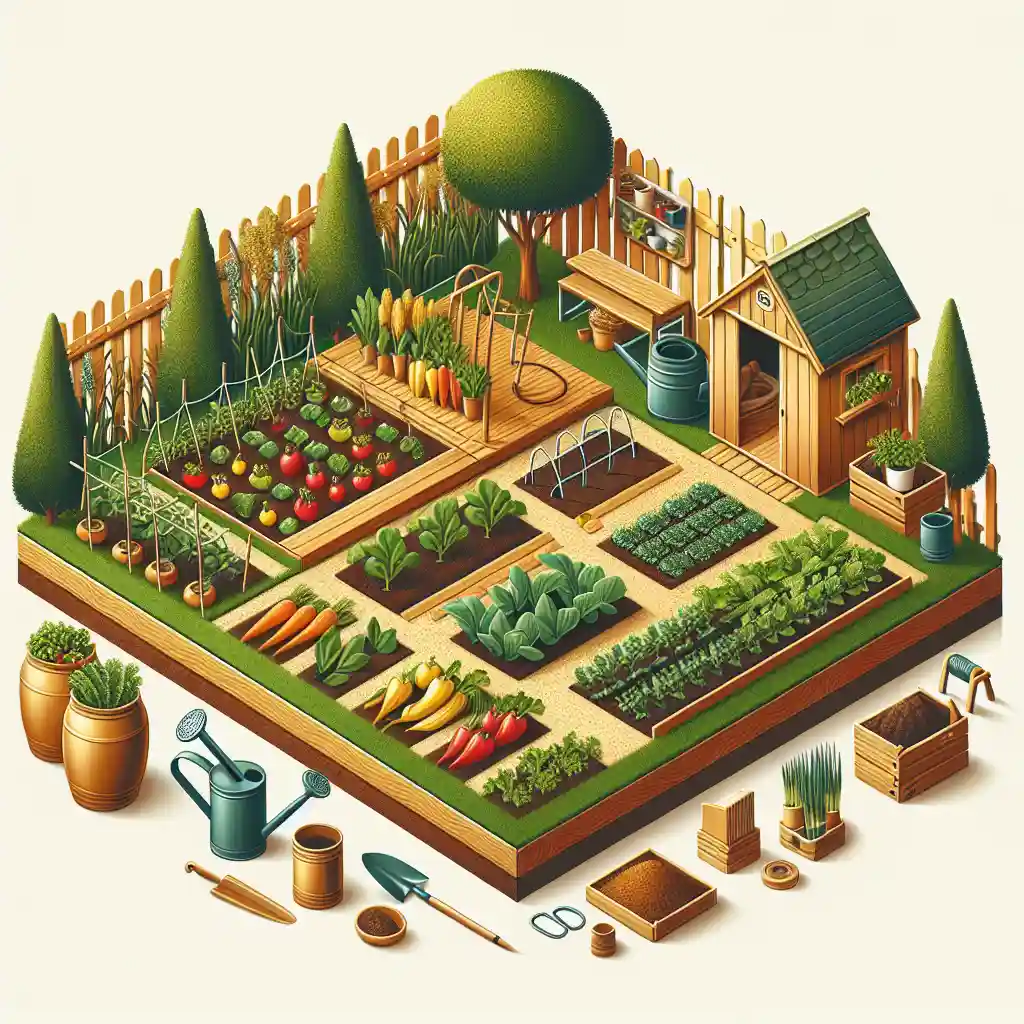Ultimate Indoor Plant Care Guide for Healthy Houseplants
Are you looking to improve your indoor gardening skills and keep your houseplants thriving? This comprehensive guide will provide you with everything you need to know about indoor plant care, houseplant health, and plant maintenance. From essential tips to advanced techniques, this guide covers all aspects of keeping your indoor plants happy and flourishing.

Choosing the Right Indoor Plants for Your Space
Before diving into indoor plant care, it's essential to select the right plants that will thrive in your specific environment. Consider factors such as light levels, humidity, and available space when choosing your houseplants. Opt for low-maintenance plants like pothos or spider plants if you're new to indoor gardening. If you have a sunny spot, consider adding succulents or cacti to your collection.
Proper Watering Techniques for Healthy Plants
One of the most critical aspects of indoor plant care is proper watering. Overwatering can lead to root rot, while underwatering can cause dehydration and wilting. Check the moisture levels in the soil before watering your plants and adjust your watering schedule based on the plant's needs. Consider using a moisture meter to accurately gauge when your plants need water. Additionally, using room temperature water can prevent shocking your plants.
Understanding Light Requirements for Different Plants
Light is essential for the growth and development of indoor plants. Some plants thrive in bright, indirect light, while others prefer low-light conditions. Place light-loving plants like African violets or orchids near a sunny window, while low-light plants such as snake plants or peace lilies can thrive in shaded areas. Consider rotating your plants periodically to ensure even growth on all sides.
Fertilizing Your Houseplants for Optimal Growth
In addition to water and light, indoor plants require nutrients to thrive. Fertilizing your houseplants periodically can promote healthy growth and vibrant foliage. Choose a balanced liquid fertilizer and follow the instructions carefully to avoid over-fertilizing your plants. Consider using organic fertilizers or creating your own plant food using compost tea for a natural and sustainable approach.
Monitoring and Maintaining Plant Health
Regularly inspecting your indoor plants for signs of pests, diseases, or nutrient deficiencies is crucial for maintaining their health. Look for yellowing leaves, brown spots, or unusual growth patterns that may indicate underlying issues. Consider creating a maintenance schedule to keep track of watering, fertilizing, and pruning tasks. Incorporating natural pest control methods like neem oil or insecticidal soap can help keep your plants pest-free.
Creating a Healthy Environment for Your Plants
In addition to proper care and maintenance, creating a healthy environment for your indoor plants is essential for their overall well-being. Ensure adequate humidity levels by misting your plants or using a humidifier, especially during the dry winter months. Keep your plants clean by gently wiping their leaves with a damp cloth to remove dust and debris. Consider repotting your plants when they outgrow their current containers to provide ample space for root growth.
By following this ultimate indoor plant care guide, you can enjoy healthy and thriving houseplants that brighten up your living space. Remember that each plant is unique and may have specific care requirements, so observe your plants closely and adjust your care routine accordingly. With patience, consistency, and a little green thumb, you can create an indoor oasis filled with happy and flourishing plants.


















